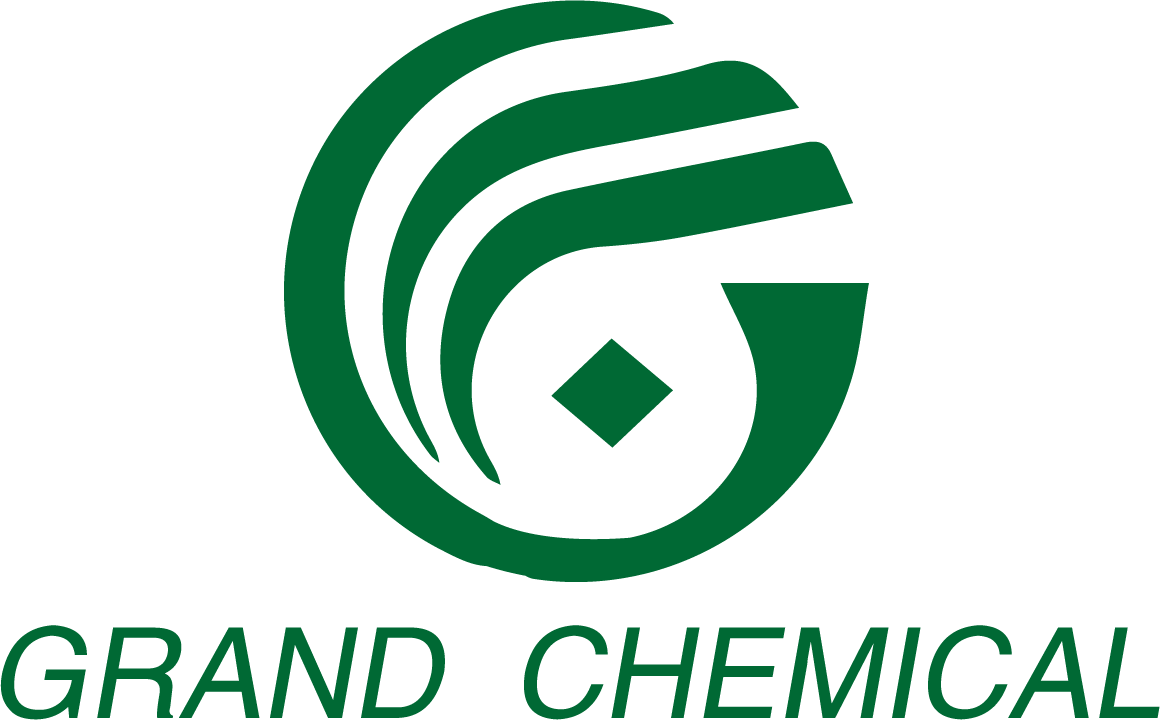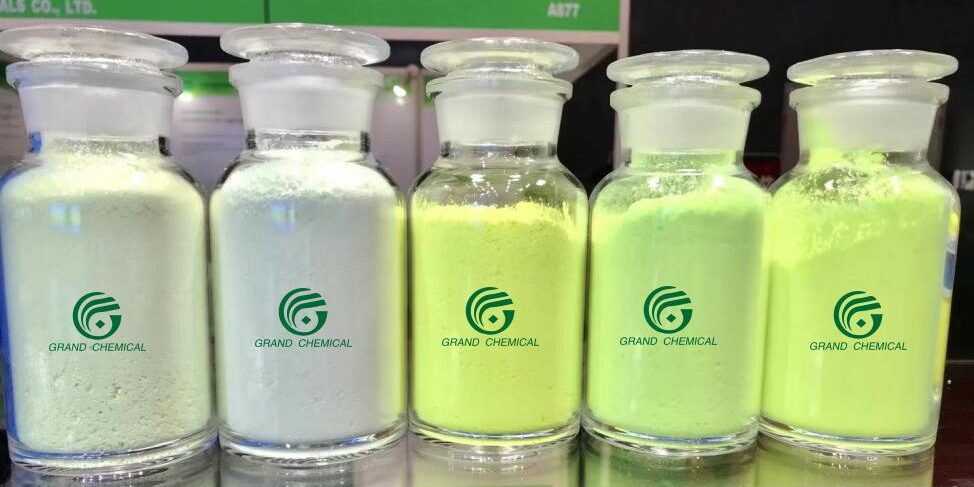Optical brighteners, also known as fluorescent whitening agents (FWAs), are widely used in polymers, fibers, plastics, detergents, and coatings to improve whiteness and enhance visual brightness. Over decades of research and industrial application, scientists have developed a deep understanding of how different optical brightener structures interact with different substrates. As a result, nearly 400 commercial-grade optical brighteners registered in the Color Index have been systematically classified based on their chemical structure and performance characteristics.
This article provides a technical overview of the classification of optical brighteners, focusing on structural types that dominate global production and application.
1. Classification Principles
Optical brighteners are typically classified according to their fundamental molecular structure or heterocyclic groups. Different scholars may categorize them slightly differently, especially when dealing with complex nitrogen-containing heterocycles such as oxazoles, pyrazolines, thiazoles, imidazoles, and imidazolines.
Despite these differences, the essential content remains consistent: each category reflects specific structural features that determine compatibility, thermal stability, solubility, and whitening performance on various substrates.
Based on extensive international literature and industrial reference materials, optical brighteners can be divided into the following major categories.
2. Main Categories
2.1 DSD Acid Fluorescent Whiteners
DSD acid–based optical brighteners form one of the most important and widely used categories worldwide. This group includes:
- DSD acid bis-triazine fluorescent brighteners
- DSD acid amide fluorescent brighteners
- DSD acid triazole fluorescent brighteners
These products are typically produced by condensing DSD acid with various intermediates and are commonly classified as stilbene derivatives in scientific literature.
Key Characteristics
- Dominant in both variety and production volume
- Excellent whitening performance on cellulosic fibers, detergents, and paper
- Strong market presence due to broad applicability
Typical Products in This Category
2.2 Stilbene-Based Optical Brighteners (Carbocyclic Brighteners)
Stilbene derivatives represent another major group, sometimes called carbocyclic optical brighteners. They are constructed primarily from three parent molecular structures:
- 1,4-Distyrylbenzene (DSB)
- 4,4′-Distyrylbiphenyl (DSBP)
- 4,4′-Divinylstilbene
A) Stilbene Biphenyl Brighteners
First introduced by Ciba-Geigy (Switzerland) in 1967, these brighteners remain important industrial whiteners.
Applications:
- High-end detergents
- Plastics
- Synthetic fibers
Representative Products:
B) 4,4′-Distyrylbiphenyl Brighteners
This subgroup is known for outstanding stability and strong whitening efficiency.
Typical Uses:
- High-performance synthetic fibers
- High-grade detergents
- Engineering plastics
Key Products:
2.3 Benzoxazole Optical Brighteners
Benzoxazole-based optical brighteners include two structural types:
- Asymmetric benzoxazoles
- Symmetric benzoxazoles
These are widely used in plastics, polyester fibers, and engineering polymers due to their strong blue fluorescence and excellent heat resistance.
Representative Products
- OB-1 – high-temperature resistant brightener for plastics
- OB – suitable for transparent plastics and films
- KCB – widely used in PVC, PS, and EVA
- KSN – excellent for high-performance engineering plastics
- PF, EBF – specialty-grade benzoxazole brighteners
2.4 Benzimidazole Optical Brighteners
Benzimidazole brighteners offer good water solubility and are commonly used in:
- Detergents
- Paper coatings
- Certain textile applications
They provide bright blue fluorescence but typically have lower thermal stability compared to benzoxazole types.
2.5 Coumarin Optical Brighteners
Coumarin-based brighteners are mainly used in natural protein fibers. Their yellow-green fluorescence allows effective whitening of:
- Wool
- Silk
- Certain specialty textiles
Typical Product
- SWN (also known as Uvitex WGS type)
These brighteners are less common in plastics but remain valuable in textile finishing.
Conclusion
Optical brighteners are a diverse class of compounds designed to enhance the whiteness and appearance of various materials. From DSD acid derivatives to stilbene, benzoxazole, benzimidazole, and coumarin types, each structural class offers distinct advantages tailored to specific substrates and processing conditions.
Understanding the classification of optical brightener helps manufacturers choose the most suitable type for their application, ensuring optimal performance in textiles, plastics, detergents, paper, and more.
If you need guidance on selecting the right optical brightener for your product, Shandong Grand Chemical Co., Ltd. provides technical consultation and professional support.

